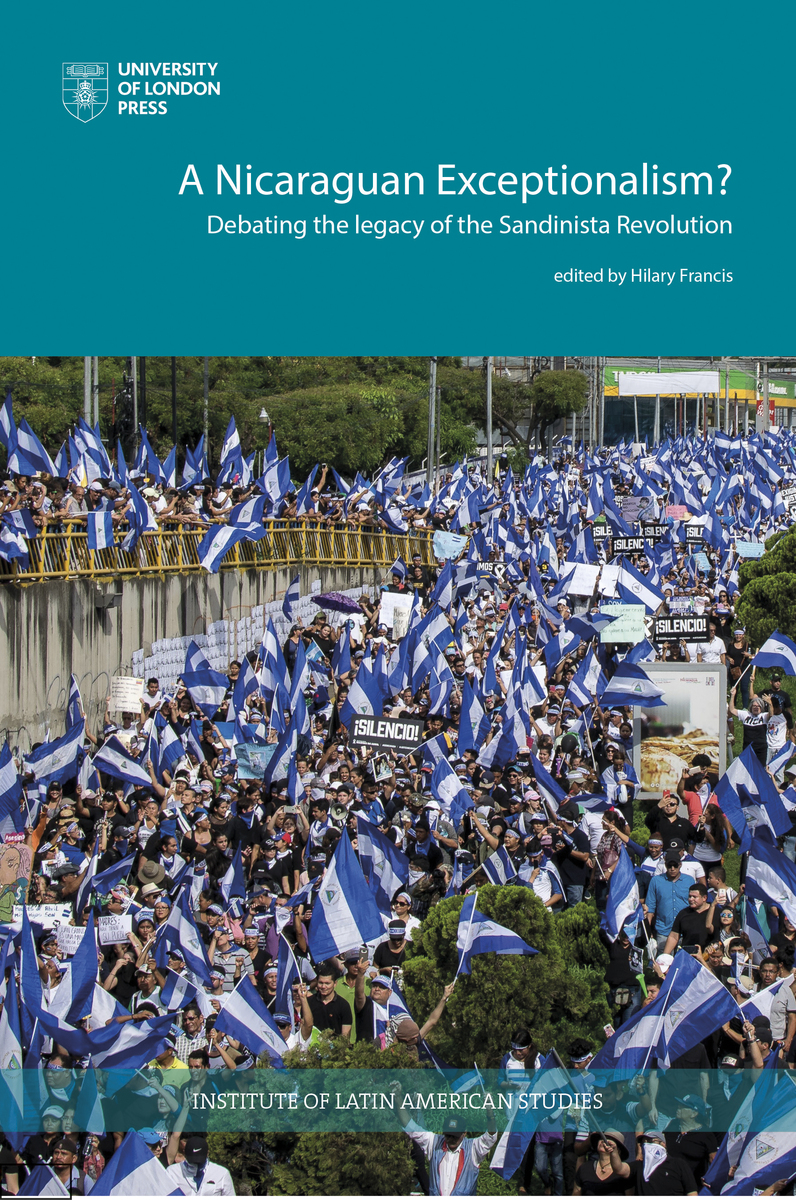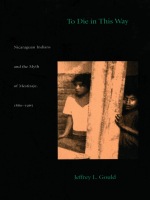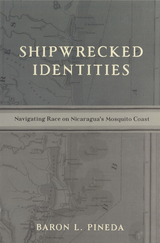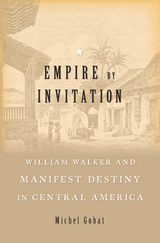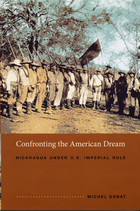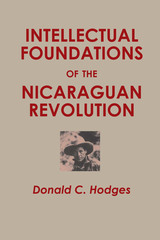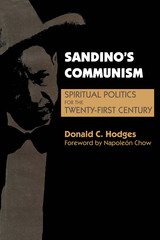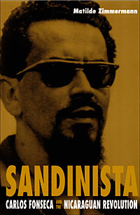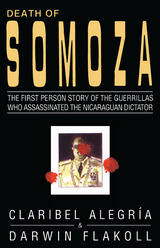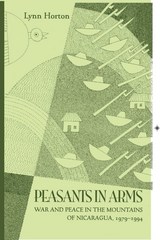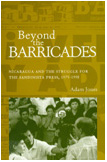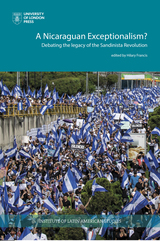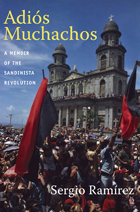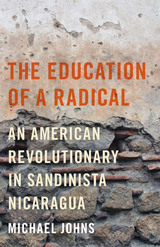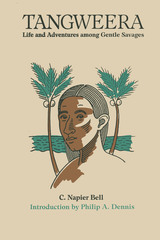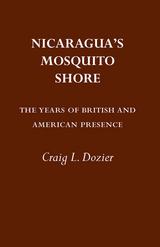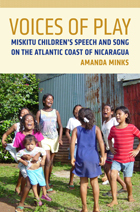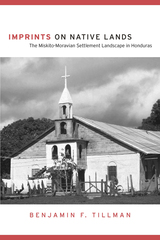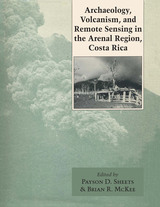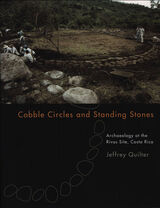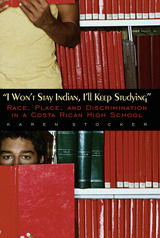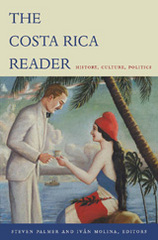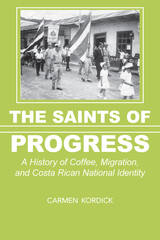Nicaraguan Exceptionalism? Debating the Legacy of the Sandinista Revolution
University of London Press, 2019
Paper: 978-1-908857-57-6
Library of Congress Classification F1528.N49783 2020
Dewey Decimal Classification 972.85053
Paper: 978-1-908857-57-6
Library of Congress Classification F1528.N49783 2020
Dewey Decimal Classification 972.85053
ABOUT THIS BOOK | AUTHOR BIOGRAPHY | TOC
ABOUT THIS BOOK
In recent years, child migrants from Central America have arrived in the United States in unprecedented numbers. But whilst minors from Honduras, Guatemala and El Salvador make the perilous journey to the north, their Nicaraguan peers have remained in Central America. Nicaragua also enjoys lower murder rates and far fewer gang problems when compared with her neighbours. Why is Nicaragua so different? The present government has promulgated a discourse of Nicaraguan exceptionalism, arguing that Nicaragua is unique thanks to heritage of the 1979 Sandinista revolution. This volume critically interrogates that claim, asking whether the legacy of the revolution is truly exceptional. An interdisciplinary work, the book brings together historians, anthropologists and sociologists to explore the multifarious ways in which the revolutionary past continues to shape public policy - and daily life - in Nicaragua’s tumultuous present.
See other books on: 1979-1990 | 1990- | Legacy | Nicaragua | Revolution, 1979
See other titles from University of London Press
